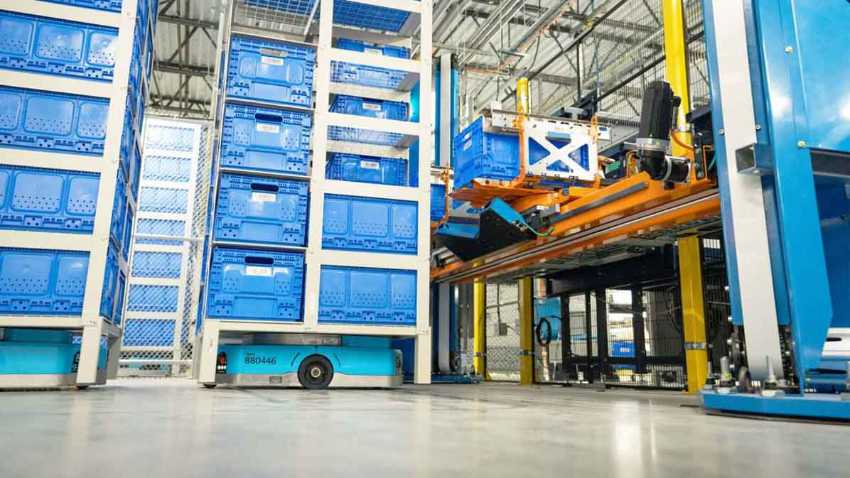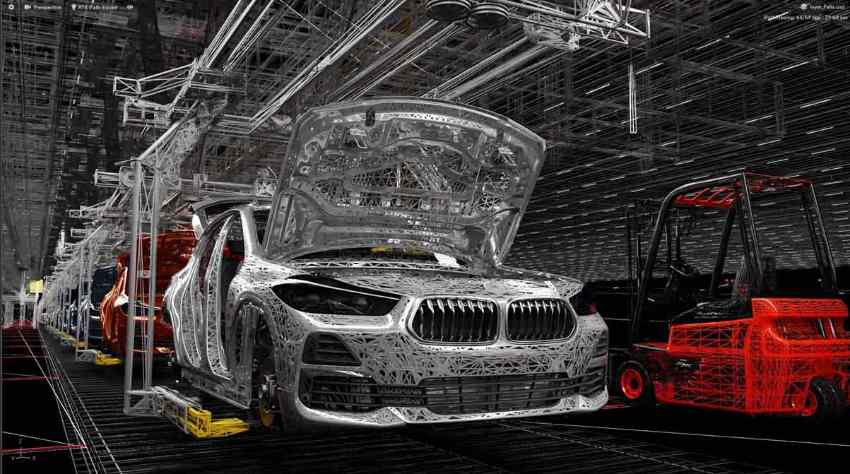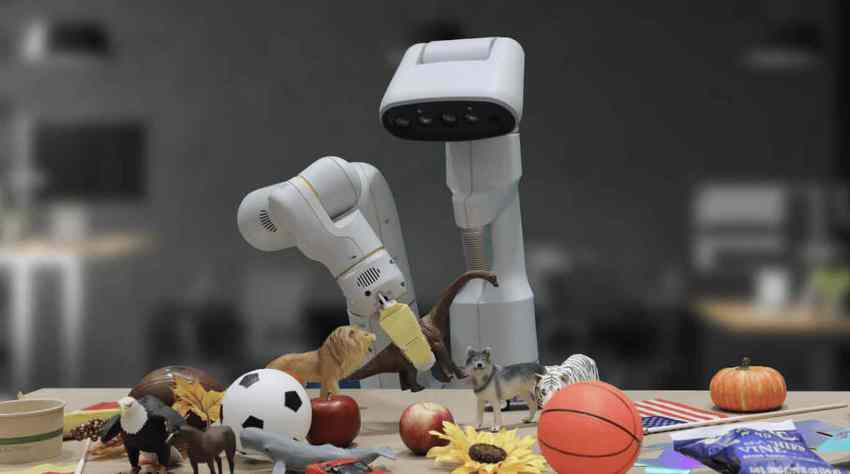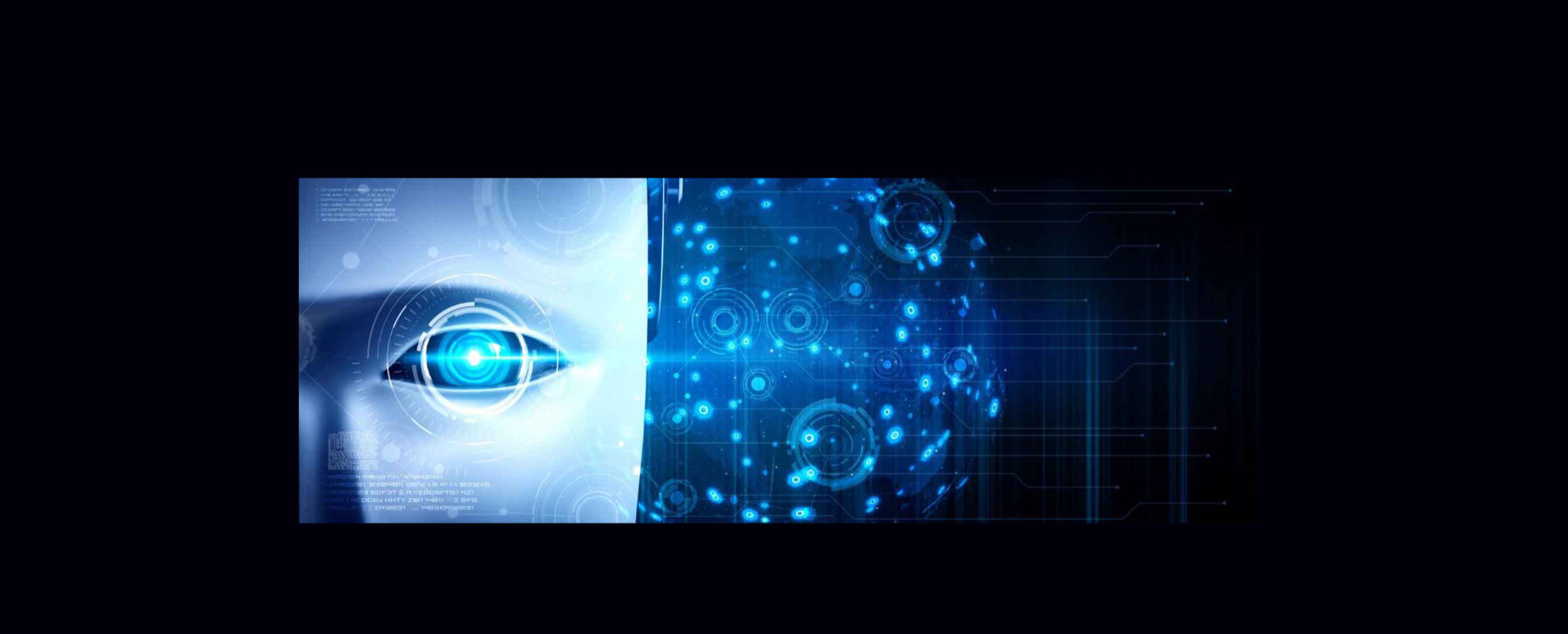Computer vision has long been the foundation of many of the technologies we use every day. From autonomous cars and robots in factories to medical systems that analyze images for early diagnosis, AI is becoming an integral part of our lives.
In this article, we will examine five key trends currently shaping the future of computer vision and how they will set the direction for visual AI in the coming years.
Edge vision is an approach where image and video processing occur directly on the device (robot, sensor) or very close to it, rather than sending data to a centralized server or cloud. This means that decisions (e.g., object detection, navigation, obstacle avoidance) can be made “on the spot”, instantly.
Its key advantages include low latency, reduced network load, and reliable operation even with poor connectivity. Edge vision also enhances security and privacy, since data stays on the device, and improves energy efficiency by distributing computing tasks where they are most effective, at the edge rather than in the cloud.
In June 2025, Amazon announced that its new fulfillment center in Shreveport, Louisiana, will use eight different robot systems that work together to automate various parts of the logistics chain. Amazon already has more than 750,000 robots deployed in its network, helping to sort, move, and process packages.

Source: amazon.com
The “drive units” are 3D cameras installed on the side of the robot itself. They use computer vision to distinguish between people, other robots, and objects in the path. Such robots are divided into several types:
- The Hercules robot uses a camera to read floor markings, navigate, avoid collisions, and deliver pods (containers of goods) to workstations.
- The Vulcan robot features a camera-equipped arm that can retrieve items from storage (on either the lower or upper level) and determine whether the item can be picked up or if it is better to call a human operator.
- The Proteus robot is an autonomous mobile robot that navigates the warehouse, delivering goods between zones, utilizing sensors and visual processing to guide its movement.
3D spatial understanding and NeRF
Neural Radiance Fields (NeRF) technology enables the transformation of a set of 2D images (such as photos or video frames) into a dense 3D scene, accurately modeling how light, color, and density change in space. After capturing an object or space from multiple angles, the algorithm “fills in” the unrecorded angles to view the scene from any angle, or “walk” through it in a digital environment.
Saves time and resources: there is no need for expensive 3D scanners or extensive manual 3D modeling – photos from cameras or drones are sufficient.
Realism: thanks to physically based light modeling, the results can look very natural, with realistic lighting, glare, and shadows.
Support for innovative applications: AR/VR interactions, digital twins, robot navigation in 3D space, inspection of complex environments, reconstruction of architectural spaces, and cultural heritage.
Flexibility: NeRF models can be “supplemented” with new frames or conditions (lighting, weather changes), making them useful for updated digital renderings of scenes.

Source: bmw.com
BMW, in collaboration with NVIDIA, uses digital twins (production factories in the form of virtual environments) as part of its strategy for optimizing production and flexible planning. BMW integrates Omniverse (NVIDIA’s platform for 3D/virtual worlds) to create highly accurate digital models of factories. This enables the simulation and testing of configuration changes and processes before they are implemented in the physical space.
Fusion of synthetic and real data
In 2025, synthetic data has become essential for overcoming the limitations of real-world data, which is often scarce or restricted by privacy regulations. By enabling the scalable and fully controllable generation of diverse training datasets, synthetic data simulates complex real-world scenarios, improving model robustness.
However, synthetic data has limitations: it is generated based on predefined parameters and lacks the natural variability of real data. As Dennis Sorokin, Keymakr’s Head of Project Management, explains, “In real-world tasks, especially when accuracy above 99% is required, synthetic data doesn’t provide the needed quality. A system with even a 0.1% error rate could misidentify hundreds of people in an airport or cause dangerous situations on the road. That’s why custom scenarios are crucial.”
Creating data for edge cases remains essential. Capturing images and videos in unique scenarios ensures model reliability. For example, training a model to recognize driver unconsciousness requires at least 1,000 videos showing different people simulating this condition. This natural variability in real data significantly improves model training accuracy.
Keymakr excels in hybrid approach by providing tailored data creation services that fuse synthetic and real data through the development of custom scenarios. By combining scalable, diverse synthetic datasets with the nuanced, variable real data collected for specific edge cases, Keymakr helps developers harness the strengths of both. This approach enables safer, more reliable, and highly accurate computer vision systems to be built faster and more effectively.
Multimodal learning and vision-language integration
Fusion of visual, linguistic, and action-based understanding — an area driven by the rise of Vision-Language-Action (VLA) models. These systems combine three core abilities — seeing, understanding, and acting, within a single AI framework. In other words, they can perceive the world through cameras, interpret natural language instructions, and translate them into meaningful physical actions.
This concept builds on the success of Vision-Language Models (VLMs), such as CLIP or GPT-4V, which can associate images with text and describe or analyze visual content. VLAs extend this capability further by connecting perception and language with control: enabling robots, drones, or digital agents to act based on visual input and spoken or written commands.
A typical VLA model processes three streams of information:
- Visual perception: images or video captured from the environment.
- Language input: human instructions like “pick up the red cup and place it on the table.”
- Action output: a structured plan describing what to do next, such as movement trajectories or a sequence of manipulation commands.
By jointly learning how these modalities interact, VLA systems can generalize to new situations, linking what they see and hear with how they respond in the physical world.

Source: Google DeepMind
DeepMind’s RT-2 model is a breakthrough example of this approach. Built by co-fine-tuning a pretrained vision-language model on robotics data, RT-2 integrates perception, language, and motor control in one system. It demonstrates the ability to generalize to new tasks, unfamiliar objects, and unseen environments, while maintaining strong performance on tasks it was explicitly trained for. Moreover, it shows emergent reasoning, the capacity to infer how to handle new situations based on prior multimodal experience.
RT-2 marks a key step toward unifying large multimodal models with robotics. It suggests that future robots may not require entirely bespoke control systems; instead, they can build upon general AI models that already understand the world through both vision and language, and extend them to act intelligently within it.
Responsible and explainable computer vision
As computer vision systems become deeply embedded in critical sectors, from healthcare and security to transportation and manufacturing. The demand for transparency, fairness, and accountability is growing rapidly. Responsible computer vision focuses on developing models and data pipelines that are ethical, interpretable, and aligned with human values.
Traditional vision models often operate as “black boxes”: they provide highly accurate predictions, but without explaining why a decision was made. This opacity becomes a challenge when systems are used for sensitive applications such as medical diagnosis, biometric identification, or autonomous driving, where each decision can have significant real-world consequences.
To address this, developers are now incorporating explainable AI (XAI) methods into computer vision workflows. These techniques visualize the model’s attention maps or highlight the features that influenced its output, helping users understand and trust the results. For instance, saliency maps and Grad-CAM tools show which areas of an image contributed most to the model’s classification or detection.


